The field of general aptitude is filled with challenges that require a strong grasp of fundamental concepts. One of the most important is probability. Understanding probability is essential for success in many aptitude tests and real-world decision-making scenarios. This article will explore a classic probability problem to enhance your problem-solving skills.
Table of Contents
Read More
Probability is a fundamental concept that underlies many aspects of our daily lives, from weather forecasting to the stock market. A solid understanding of probability is also a cornerstone of aptitude tests and standardized exams. This article will delve into a classic probability problem: determining the probability of drawing two red balls from a jar. We will explore the underlying principles, step-by-step solutions, and practical applications to enhance your grasp of this crucial topic.
Decoding the Essence of Probability
Probability, at its core, is the mathematical measure of the likelihood of an event occurring. It’s expressed as a number between 0 and 1, where 0 signifies impossibility and 1 represents certainty. The fundamental formula for probability is: ##P(A) = \dfrac{{\text{Number of favorable outcomes}}}{{\text{Total number of possible outcomes}}}##. This simple equation forms the basis for solving a vast array of probability problems.
Understanding the Basics
Probability problems often involve scenarios with multiple outcomes. For example, when flipping a coin, there are two possible outcomes: heads or tails. The probability of getting heads is ##\dfrac{1}{2}##. Similarly, when rolling a six-sided die, there are six possible outcomes, each with an equal probability of ##\dfrac{1}{6}##. Comprehending these basic concepts is essential for tackling more complex problems.
Independent events are those where the outcome of one does not affect the other. Consider flipping a coin twice; the result of the first flip does not impact the second. Dependent events, however, are those where the outcome of one event influences the probability of another. Drawing balls from a jar without replacement is a classic example of a dependent event.
In the context of drawing balls, each draw changes the composition of the jar. If you draw a red ball on the first draw, there are fewer red balls and fewer total balls remaining, altering the probabilities for the second draw. This dependency is crucial for accurately calculating probabilities in these scenarios.
Calculating the Probability of Drawing Two Red Balls
Let’s apply these principles to the problem: A jar contains 4 red and 6 blue balls. Two balls are drawn. Find the probability that both are red. This is a classic example of a dependent probability problem. We need to consider the probability of drawing a red ball on the first draw, and then, given that a red ball was drawn, the probability of drawing another red ball on the second draw.
Step-by-Step Solution
On the first draw, there are 4 red balls and a total of 10 balls. Therefore, the probability of drawing a red ball on the first draw is ##\dfrac{4}{10}##, which simplifies to ##\dfrac{2}{5}##. If a red ball is drawn on the first draw, there are now 3 red balls and 9 total balls remaining in the jar. The probability of drawing a red ball on the second draw, given that a red ball was drawn on the first draw, is ##\dfrac{3}{9}##, which simplifies to ##\dfrac{1}{3}##.
To find the probability of both events occurring, we multiply the probabilities together:
###P(\text{both red}) = P(\text{red on first draw}) \times P(\text{red on second draw | red on first draw})###
Thus,
###P(\text{both red}) = \dfrac{2}{5} \times \dfrac{1}{3} = \dfrac{2}{15}###
This means the probability of drawing two red balls in a row is approximately 0.133 or 13.3%.
This calculation demonstrates the importance of considering the changing conditions in dependent probability problems. The probability of drawing a red ball on the second draw is influenced by the outcome of the first draw, making the problem more complex than independent events.
Real-World Applications of Probability
Probability isn’t just a theoretical concept; it has numerous real-world applications. From finance to healthcare, understanding probability is crucial for making informed decisions. For instance, in the stock market, investors use probability to assess the likelihood of certain investments yielding positive returns, with some financial analysts using complex models for making decisions.
Probability in Everyday Life
In healthcare, probability is used to evaluate the effectiveness of medical treatments and assess the risk of diseases. Doctors and researchers use statistical analysis to determine the likelihood of a treatment’s success or the chances of a patient developing a particular condition. This helps in developing more effective treatments and in early diagnosis.
Probability also plays a significant role in everyday decision-making. When planning a trip, you might consider the probability of rain to decide whether to pack an umbrella. When playing games of chance, understanding probability can help you assess the odds of winning. These applications demonstrate the broad relevance of probability in various aspects of life.
Key Takeaways
Mastering probability is not just beneficial for aptitude tests; it equips you with a crucial skill set for critical thinking and decision-making. Understanding the difference between independent and dependent events, and applying the basic probability formula, enables you to solve a wide range of problems. Remember that practice is key. The more problems you solve, the better you’ll become at identifying patterns and applying the appropriate formulas.
Probability problems, such as the one involving drawing two red balls, help sharpen your analytical skills. By working through these examples, you will gain a deeper understanding of how probability works and its many applications. Keep practicing, and you’ll become more comfortable with this important mathematical concept. The ability to calculate probabilities is a valuable asset in both academic and professional settings.
| Event | Probability | Calculation |
|---|---|---|
| Drawing a Red Ball (First Draw) | ##\dfrac{2}{5}## | ##\dfrac{4 \text{ red balls}}{10 \text{ total balls}} = \dfrac{4}{10} = \dfrac{2}{5}## |
| Drawing a Red Ball (Second Draw, Given First was Red) | ##\dfrac{1}{3}## | ##\dfrac{3 \text{ red balls}}{9 \text{ total balls}} = \dfrac{3}{9} = \dfrac{1}{3}## |
| Probability of Both Balls Being Red | ##\dfrac{2}{15} \approx 0.133## (approx. 13.3%) | ##\dfrac{2}{5} \times \dfrac{1}{3} = \dfrac{2}{15}## |
We also Published
RESOURCES
- General Aptitude Test – Aptitude-test.com
- General Aptitude Contract : r/AirForceRecruits
- The role of mind-wandering in measurements of general aptitude
- General Aptitude : r/AirForceRecruits
- Fairness in Employment Testing: Validity Generalization, Minority …
- GA General Aptitude
- ED164579 – Manual for the USES General Aptitude Test … – ERIC
- Aptitude Questions and Answers – GeeksforGeeks
- Does anyone have General Aptitude in the Air Force?
- Fairness in employment testing: Validity generalization, minority …
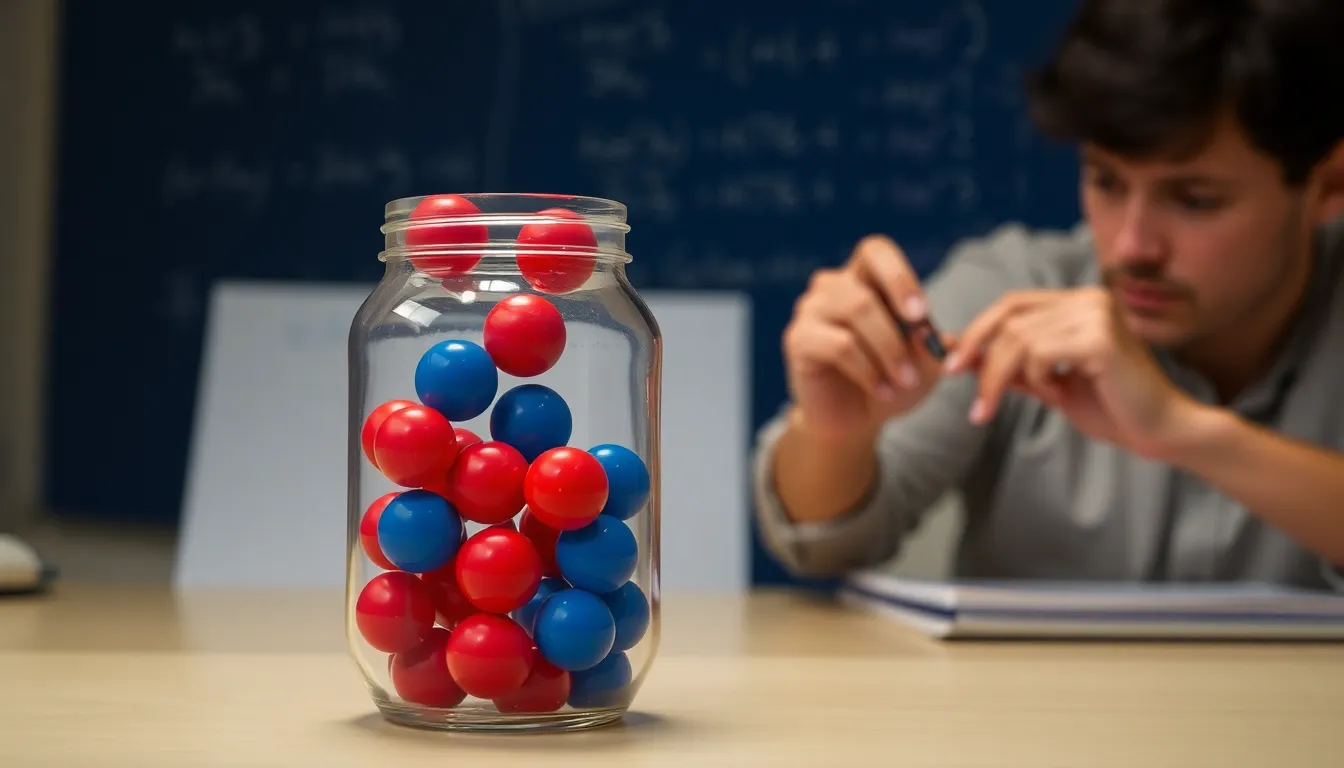


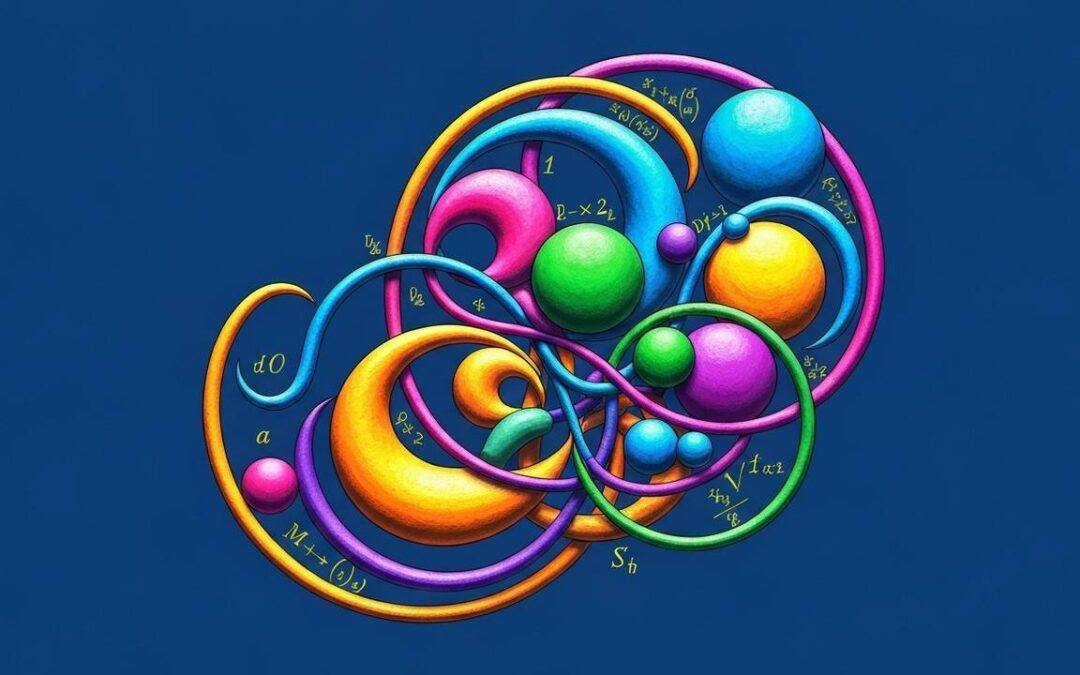
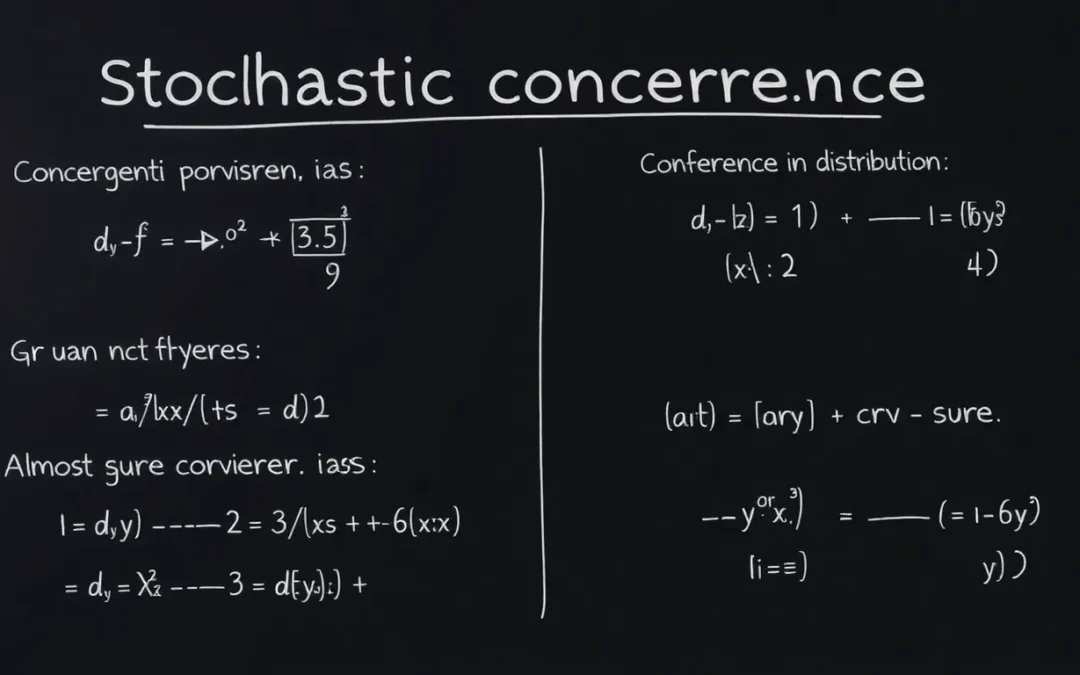
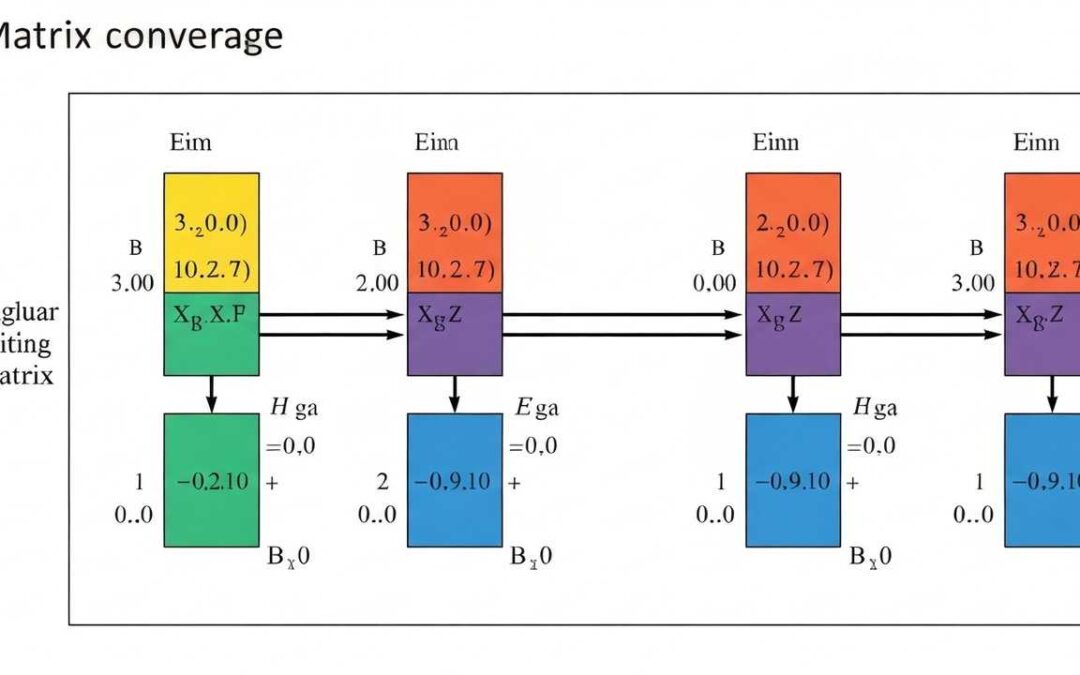
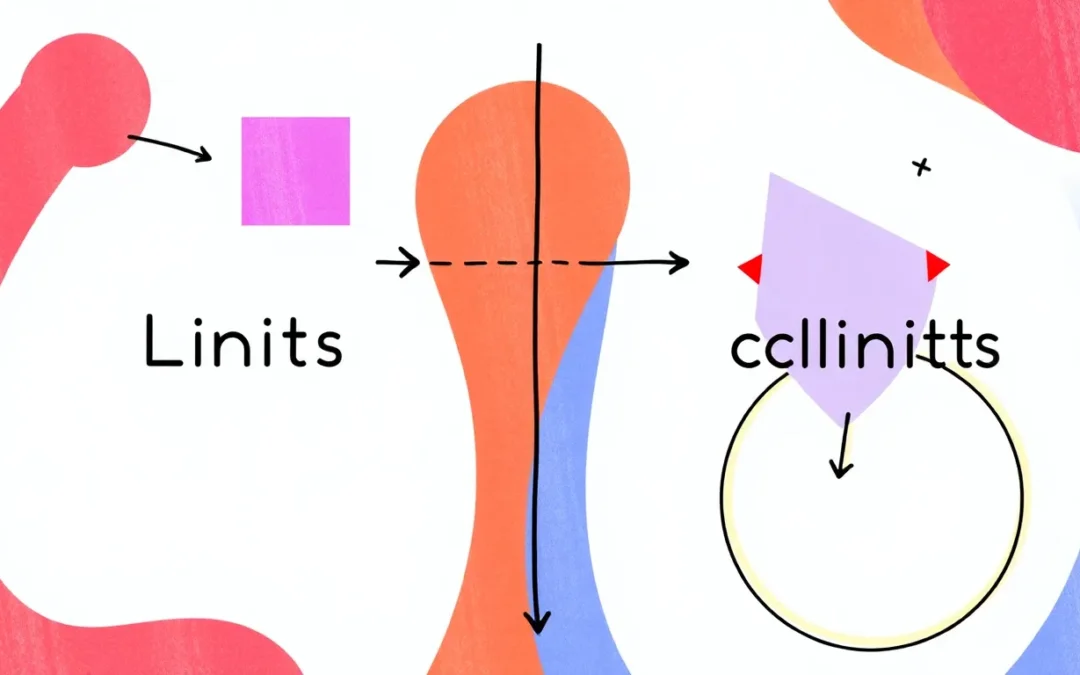
0 Comments